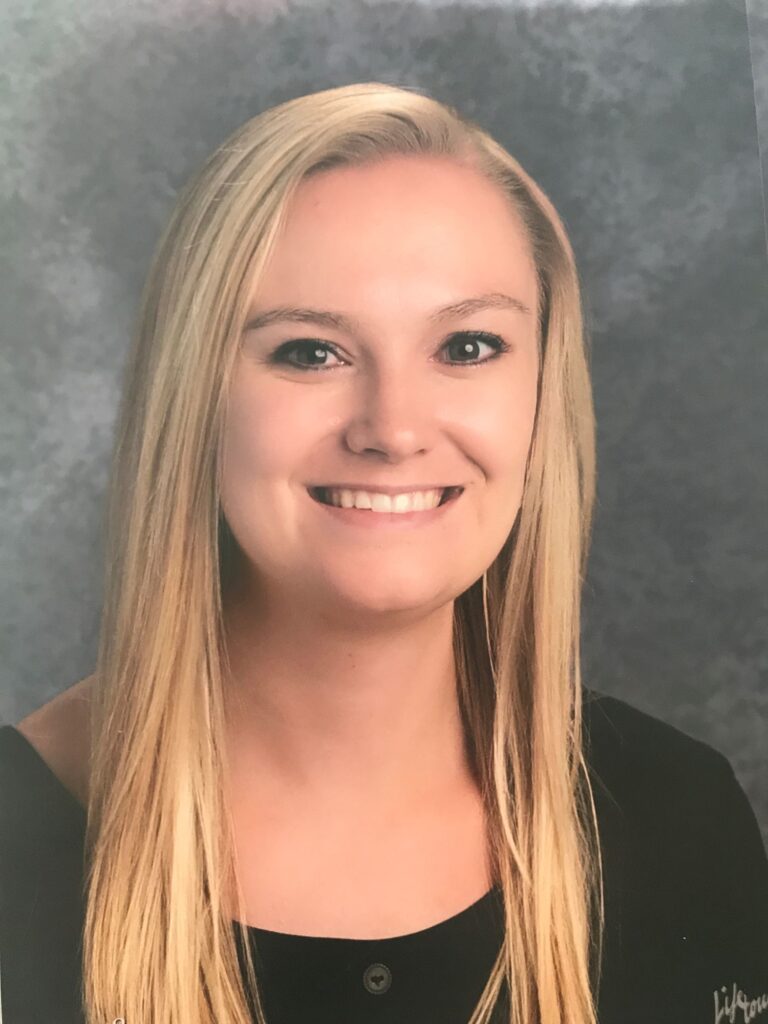
Utah Teacher Macy Cook Is Ready With an Answer

Macy Cook is a 6th-grade teacher in Salt Lake City, Utah. Her self-contained classroom at Uintah Elementary School houses 28 11- and 12-year-olds. Like many students on the cusp of adolescence, Cook’s pupils are beginning to chafe at authority and to question the requirements adults place upon them. They want to know, “Why are we learning this?”
Cook doesn’t believe it’s a snarky question, but rather a valid query that deserves a serious response. She vividly recalls hating it when teachers responded, “Because I said so,” and she’s determined to reply thoughtfully when her own students wonder about the importance of a particular concept.
“I want everything to have a reason,” she said. “I want them to know where it will show up in their life, so it has purpose.”
Purpose and Application – A Quick Snapshot of the Research
Cook’s educational philosophy aligns well with national efforts to improve science education and is backed by a substantial body of research. One of the major principles of The Framework for K-12 Science Education is Connecting to Students’ Interests and Experiences.
“In order for students to develop a sustained attraction to science and for them to appreciate the many ways in which it is pertinent to their daily lives, classroom learning experiences in science need to connect with their own interests and experiences.” – The Framework for K-12 Science Education
Multiple studies indicate lack of purpose hinders STEM learning. Interventions that emphasize the utility of science improve outcomes and persistence, particularly for historically underrepresented students. Practitioners have shown when students apply science, such as when they participate in citizen science, it can enhance motivation, interest, knowledge, and communication skills.
Tuva Helps Contextualize Science

Cook was introduced to Tuva this winter when she participated in a professional development series hosted by the Salt Lake City School District and led by Tuva instructional specialists. Cook quickly became a fan and has been frequently using Tuva with her students.
“Tuva has been really amazing for them to see the real-world application of the topics they’ve learned,” said Cook.
Tuva’s Content Library includes 400 curated, real-world datasets and more than 450 applied math and science lessons based on them, which makes connecting to the world outside of the classroom easy.
Recently, Cook’s students have been studying atomic chemistry. Cook said it is hard for sixth graders to wrap their heads around the concept that elements make up molecules and molecules make up everything on Earth.

Cook used Tuva’s Nature of the Elements activity to help her kids grasp the importance of elements.
Tuva’s lesson, Introduction: The Nature of Elements, intentionally pointed out the relevance. One question prompted students to complete the sentence, “A few elements that are important to me are…” Cook expanded the question to include, “What elements do you recognize?” Within moments, students were calling across the room as they encountered familiar terms. “Aluminum- like in aluminum foil.” “Neon signs.” “Oxygen!” “We use chlorine in our pool.”
Understanding the elements’ ubiquity gave purpose to the ensuing exercise. Exploring the trends in the periodic table was transformed from something abstract to something intimately connected to their daily lives.
Another Answer to “Why?’
When Cook was in 6th grade, her math teacher’s response to, “Why?” was, “You are not going to always have a calculator in your back pocket.” Flash forward 20-odd years- Cook grins at me through the Zoom screen and waggles her cell phone. (Psyche!)
Technology has and will continue to evolve rapidly. Cook predicts our rapidly changing world will require today’s students to have stronger data literacy skills.
“The future of what the kids are going to do is probably going to be computer-based, so learning how to manipulate and read data is really important. Even if it’s not something the average adult does now, it will be.”
Experts agree. Harvard Data Science Review estimated there will be more than 150,000 U.S. job openings requiring data analysis skills by 2025. The U.S. Bureau of Labor Statistics reports higher-than-average job growth in data-related careers by 2032. Graduates with strong data skills will have an advantage, not only in data science but also in diverse fields such as agriculture and real estate that increasingly rely on data.
What’s Obvious to Us, Isn’t to Them
The reasons for providing a rigorous education in science and data literacy are obvious to adults. Not so for kids. Cook’s intentional focus on purpose and application, combined with the baked-in relevance of real-world data, ensures that her students are never left wondering, “Why am I Iearning this?”